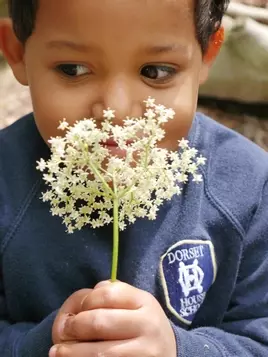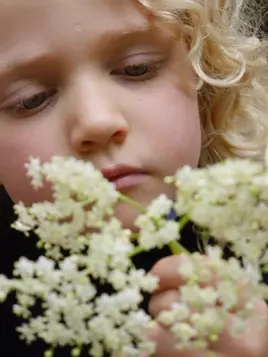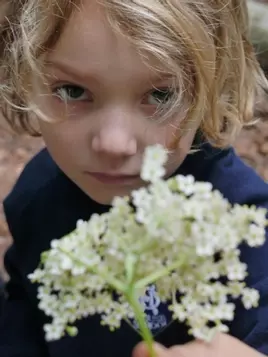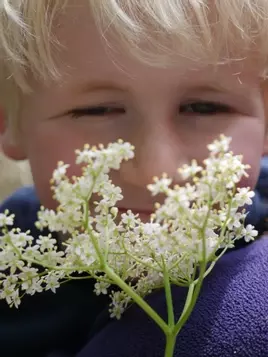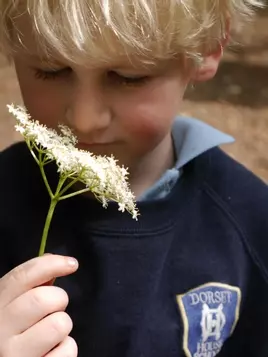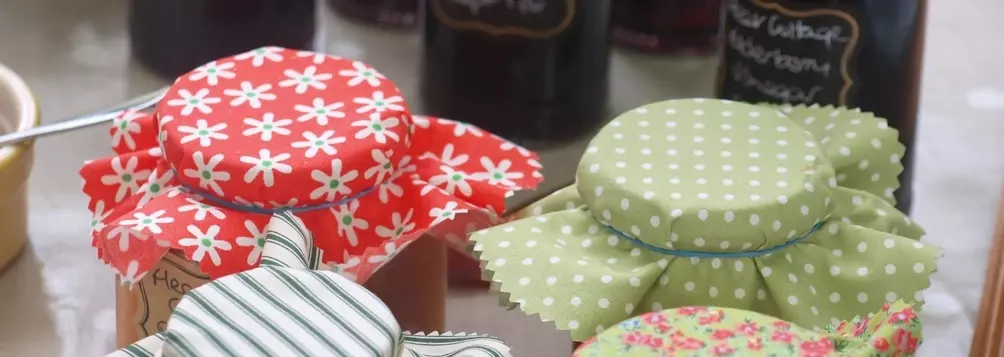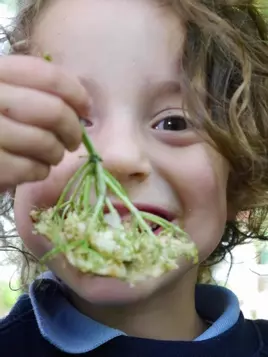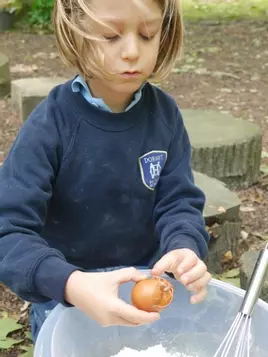The Eloquent Elder...
Take a walk in the woods or go for a drive in the countryside during the month of May and into early June, and you cannot help but spot the white bunches of elder-flower heads dancing in the breeze. Don't take these minute little flowers for granted, as they offer so much and produce some wonderful foraged food, if you just spare a bit of time to collect them...
Sometimes mistaken for the earlier flowering Rowan tree, the Elder (Sambucas Nigra), a native tree to the UK, can be found growing in woodlands, hedgerows and on wasteland. Preferring chalky soils, in dense shade, the Elder thrives on scrub land and cleverly produces a reserve bud underneath that of the main bud, that lays dormant for many years until it is required. This ensures the trees survival in harsh conditions and it is this quality that the ancient Britons, Celts and Romans were referring to, when they referred to the Elder as the healing tree, having the ability to regrow any damaged branches. These qualities are also used within the cosmetic industry where the flowers have a soothing effect and are frequently used in eye creams. The trees' beautifully patterned bark, is unusual in the fact that it has a spongy middle layer that can be removed, leaving a hollow tube behind. It is believed that the tree gets it name from the Anglo-Saxon word aeld meaning fire, and that these hollow stems were used as bellows to blow air into the centre of the fire...
The leaves of the Elder are pinnate and grouped in 5 or 7 pairs along a stem with each leaf being an oval shape with serrated edges. The creamy white bunches of elegant flowers are dusted with yellow pollen and stand up, like grand candelabras and it is these that can be picked in bunches, by the dozen, to make into elder-flower cordial and champagne during late Spring. In the Autumn, the unpicked flowers mature into heavy bunches of purplish-black hanging berries called drupes, which are extremely high in vitamin C and are highly effective in treating cold and flu symptoms. But beware! Some people may find the flowers and berries, along with the leaves and stem of the Elder, a laxative and diuretic.
In British folklore, the Elder was considered a lucky tree, that offered protection against evil spirits; it tells the story of how horse-riders once carried a twig of Elder in their pocket as a charm against saddle-soreness and that Elder was attached to the horses' harness to protect them in hot weather; Country myths talk of how no Forester would touch or cut the Elder, before first asking the Elder Mother's (Hylde-Moer in Norse Mythology) permission three times over and even then live in fear of retribution; it was also customary to touch one's hat when passing an Elder tree. One myth that I always go by, is when taking any of her flowers or berries, to use in cordials or vinegars, I always ask Hylde-Moer's permission and wait for a reply, her consent is granted by silence...
elderflower cordial
Best to forage the flower heads at the end of a sunny day when the pollen is at its best, go in search of these fabulous flowers in order to make a superb drink that is quintessentially the English summer taste...
20 full flower heads
1.5kg granulated sugar
50g citric acid
2 unwaxed lemons
1.5l of boiling water
In a fermenting bucket melt the sugar in the boiling water until fully dissolved and allow to cool, stirring occasionally. Once cooled add the flowers, citric acid and cut lemons and allow to steep, again stirring occasionally. Leave the mixture for at least 24 hours, covered in a cool place to allow the flavour of the elder flowers to come through. The mixture can be left for longer if required. When ready, remove the flowers and lemons from the liquid and strain the cordial first through a fine sieve and then through muslin. This will remove any bugs that are still hanging on, and any stray pips from the lemons or forlorn flowers that may still be loitering...
Place into sterilised bottles and label. If you don't have any bottles or would like to prolong the life of your Elderflower Cordial, place it into washed and sterilised milk cartons and the liquid can be frozen. Dilute to taste and add to water, champagne or gin...
Delicious x

